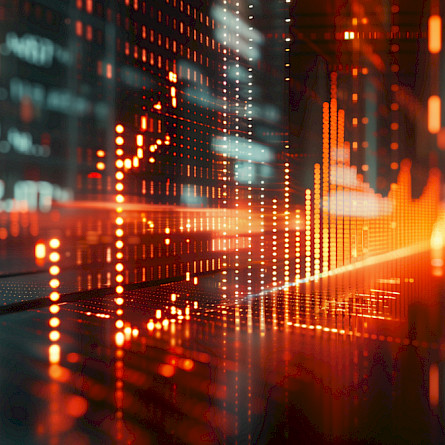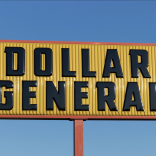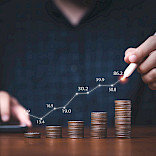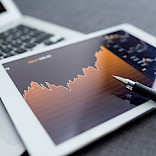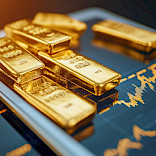I then published a blog titled “Dow 20,000 – Why I Don’t Care,” in which I wrote:
“What is the meaning of a Dow Jones at 20,000? None, except that it’s a psychological and symbolic level for investors. In fact, 20,000 has no more meaning than 1,500 or 18,865. But you’ll never see an article titled ‘The Dow Jones Breaks Through 18,865!”
Nine years later*, the Dow Jones Index is approaching 47,000. I predict a big party when it reaches 50,000 in the coming months.
In Canada, as of October 6, the S&P/TSX Index recently crossed the symbolic 30,000-point mark. Since the start of 2025, it has posted an impressive gain of more than 24.5%. Over ten years, it has recorded a compound annual return of 11.8%, while over twenty years, that compound annual return stands at 8.3%.
In 2016, I also wrote that “like sports performances, indexes are destined to break new records. Overall, the companies that make them up will increase their profits over time. This is inevitable, since companies reinvest a significant portion of their profits year after year. Moreover, in the long run, the general rise in prices— inflation—ensures profit growth.”
Mean Reversion
It would nevertheless be dangerous to believe that stock indexes can only go up, year after year. Sometimes, they go through very difficult periods that can last several years.
The most striking example is undoubtedly the Japanese stock index, the Nikkei 225. This index has recently performed well, reaching around 45,800 (are the Japanese preparing a party for the day it hits 50,000?). But we must remember that this index was worth 39,500 points at the end of 1989, at the peak of a spectacular bubble that had carried Japan’s economy and market to dizzying heights. It took 35 years for the index to return to its 1989 level.
A more familiar example for North Americans is the Nasdaq, the quintessential U.S. technology index. The tech bubble of the late 1990s had propelled the index above 5,000 points in early 2000. In the three years that followed, it lost 77% of its value. It wasn’t until the end of 2014—fourteen years later—that it regained its 2000 record level.
In both cases, the indexes had experienced exceptional performance in the years preceding their crashes. For the Nikkei, it recorded a compound annual return of 19.5% between the end of 1979 and the end of 1989. For the Nasdaq, that compound annual return was 35.4% (!) over the prior ten years.
Mean reversion describes the natural tendency of extreme phenomena to move back, over time, toward their average or normal level. We know that long-term stock market returns in North America (over more than 100 years) average around 10%. Therefore, we must recognize that returns far above 10% for several consecutive years are likely unsustainable and signal an eventual swing of the pendulum.
In the coming months, you’ll probably read articles celebrating record index levels: 50,000 for the Dow Jones? 25,000 for the Nasdaq? 35,000 for the TSX? Don’t pay too much attention. Instead, consider the returns these indexes have generated over long periods. And above all, ask yourself whether such returns are sustainable—or likely to revert to the mean.
Philippe Le Blanc, CFA, MBA
Chief Investment Officer at COTE 100
* This text was written on October 6, 2025.
_______

